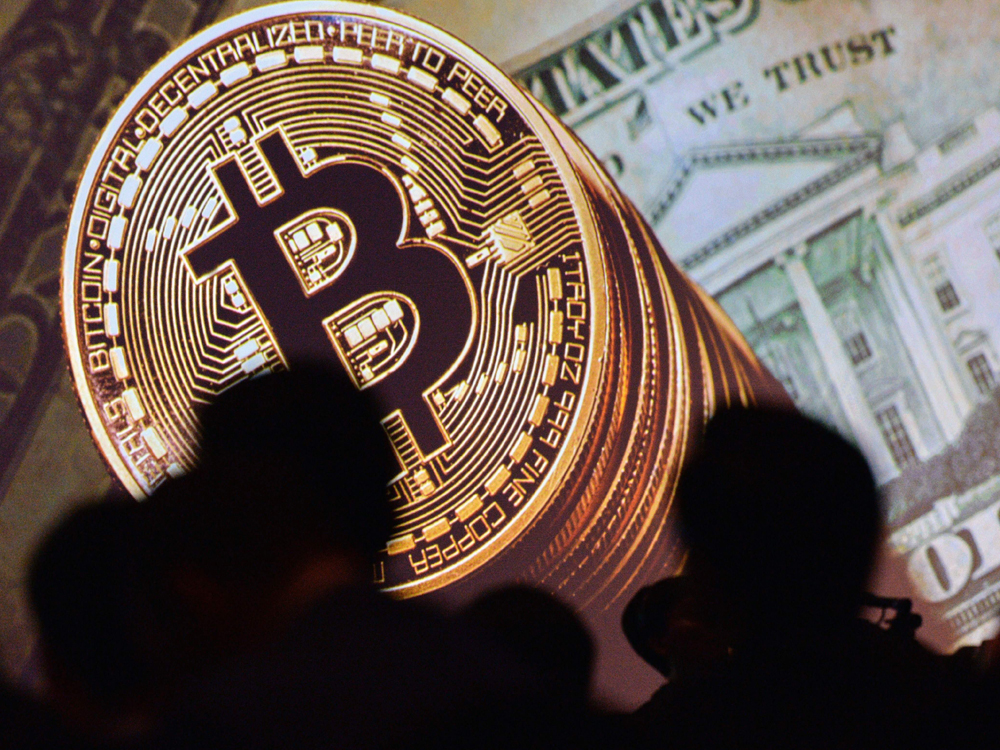For the financial markets and the global economy, 2017 has been a pretty good year. All the major fears about 2017 that dominated the latter stages of 2016—a market crash in the event of a Trump presidency, a Brexit-triggered recession in the UK, and a collapse of the eurozone following the implosion of the Italian banking system—have failed to materialize.
The economic story of the year has largely been one of positive growth and rising stocks. That’s not to say, however, that 2017 has been dull or incident free. The following are just a few major talking points, Business Insider reported.
Brexit
Beginning with the Bank of England, it aggressively cut interest rates during the 2007-2009 period in order to cope with the shock brought to the British economy by the global financial crisis, but remained on hold for more than seven years after that. Between 2009 and August 2016 the base rate stayed at 0.5%.
It then dropped to 0.25% after the bank’s emergency cut in August, which intended to soothe the economy in the immediate aftermath of June’s Brexit vote. Just over a year after that cut, the bank took a step it hadn’t made in more than ten years by raising rates. Sure, it wasn’t a big move, taking the base rate back to 0.5%, but it was significant.
Inflation returned to the UK with vengeance in 2017, as the slump in the value of the pound since the Brexit vote filters through to the price of every day goods and services for regular Brits. Inflation climbed to 3.1% in November, coming close to its highest level in six years.
Moving Staff
The outgoing year could well go down as the year in which the city of London lost its name as the center of gravity of European finance. With Brexit looming, major financial institutions are making plans to shift staff out of London and the wider UK once Britain leaves the European Union in March 2019.
Some announcements about staff shifts had been trailed late in 2016, but 2017 is the year that banks started to take action. Numerous major lenders confirmed plans for new offices in the EU, with Goldman Sachs leasing a major office space in Frankfurt, Citi opening a private banking hub in Luxembourg, and Japan’s biggest bank, Mitsubishi UFJ Financial Group, choosing Amsterdam for its post-Brexit EU HQ.
And, maybe, Britain is losing its single market access, and thus its financial passporting rights.
Bitcoin
Perhaps the biggest financial story of the year is the meteoric rise of bitcoin. Sure, the cryptocurrency has been around since 2009, but 2017 marked the year when it really came into the mainstream.
On January 1, bitcoin was trading at $908 per coin. Fast forward just less than 12 months, and the price of a single bitcoin is now in excess of $17,000 as investors from around the world speculatively pour money into the asset.
In December, bitcoin’s mainstream status was confirmed when the Chicago Board Options Exchange started offering bitcoin futures, allowing investors to bet on the future direction of the currency.
Exchange-Traded Funds
An exchange-traded fund is a passive fund which tracks an index, rather than an active investment, and seeks to outperform a given index through frequent buying and selling of individual investments.
With investment firms selling ETFs in everything from bunds to gold, the overall value of the market is now more than $4 trillion. Investors have poured money into the products in the past handful of years because when the times are good, ETFs can offer much larger returns than simply investing in underlying assets, or putting money into actively managed funds, which tend to have much higher fees than ETFs. Since 2008, the value of the global ETF market has ballooned by five times.
Tensions
It has been particularly surprising given the fact that 2017 has been characterized by heightened geopolitical tensions between the USA and North Korea, fears about the agenda of US President Donald Trump, as well as fears early in the year about the possibility of France electing the far-right Marine Le Pen to its presidency.
US Stocks and Yield Curve
After hitting 20,000 points in January, the Dow Jones Industrial Average has continued to surge, coming close to the 25,000 point mark during early December.
Stocks in the US have continued to rise throughout the year, with a combination of the soaring US economy, and improving earnings from firms pushing valuations higher. The Dow’s main counterpart indexes, the S&P 500 and the Nasdaq have followed suit, hitting fresh high after fresh high throughout the year.
Again 2017 saw the curve on US bonds, largely seen as a pretty good analogue for the global markets, flatten even further. At its most basic level, a flattening yield curve means that the gap between yields on longer dated debt and short dated debt are narrowing. Shorter term debt usually has a lower yield than longer term debt, as the risk investors are taking on is undertaken over a shorter period. The flattening yield curve is never really anything other than an indicator of slowing growth in US.
China
China’s booming economy has been fuelled in large part by racking up huge amounts of debt, which some believe is starting to become unsustainable. Ballooning levels of debt and dependency on credit to fuel growth continues to pose a major financial stability threat to the global economy, and could be the catalyst for the next crisis, according to an International Monetary Fund report from December.
“Credit growth has outpaced GDP growth, leading to a large credit overhang. The credit-to-GDP ratio is now about 25% above the long-term trend, very high by international standards and consistent with a high probability of financial distress.”


